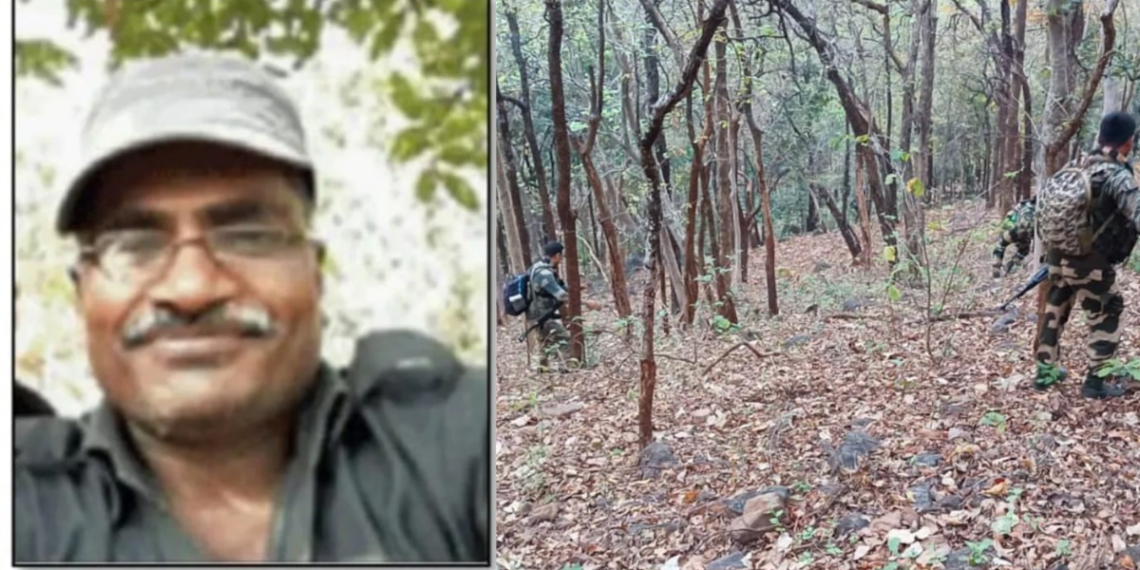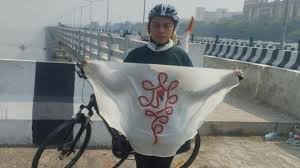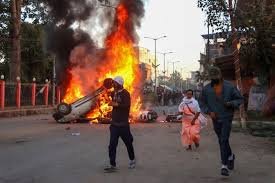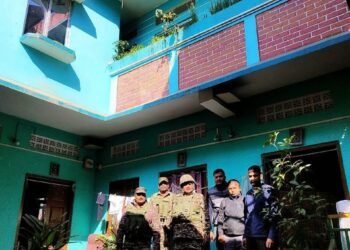When security forces gunned down 14 Maoists on Monday night on the Chhattisgarh border, the latest setback for the outfit, they were in for a surprise: among the dead was Chalapathi.
With a Rs. 1-cr bounty on his head, Chalapathi was no ordinary Maoist.
⚡️Top Naxal Leader “Chalapathi” Killed in Odisha-Chhattisgarh Crackdown Op
Considered to be a top military strategist and inspiration for Maoists, Chalapathi had a $115K bounty on him. It’s reported 16 members of the banned group were killed during the joint operation. https://t.co/Qu3wAwJlWH pic.twitter.com/fQXikfxOMY
— RT_India (@RT_India_news) January 21, 2025
Chalapathi was a member of the central committee — the highest decision-making body of the Left extremist outfit. He was also a man of many talents: an ace military strategist, a good mobiliser, and adept at executing plans.
The Maoist leader was also known for his intellect. Needless to say, his death is a major blow and leaves a gaping strategic void in the outfit.
Born in Matempaipally village in Chittoor, Andhra Pradesh, as Pratap Reddy Ramachandra Reddy, the Maoist leader had several aliases — Chalapathi, Appa Rao and Jairam. Chalapathi joined the then-People’s War Group around 1991 after being radicalised by rural poverty, exploitation by landlords, and through radical left ideologies, said a high-ranking official of the anti-Maoist force. He quickly rose through the ranks.
“Chalapathi gained recognition for his adeptness in leading small cadres and overseeing large scale operations,” the high-ranking official said.
“He gained expertise in ambush tactics, intelligence gathering and logistical planning. In the Maoist leadership, he served as a mediator for various factions.”
Chalapathi played a key role in strategising and executing many high-profile attacks. He was believed to have masterminded the Sept 23, 2018 attack in Dumbriguda Mandal of Araku, Andhra Pradesh, where Maoists killed TDP MLA Kidari Sarveswara Rao and former TDP MLA Siveri Soma. His wife Aruna, also a Maoist, allegedly led the group responsible for these killings.
Chalapathi was in charge of fortifying strongholds in the border between AP, Odisha and Chhattisgarh. He established camps in forest areas to train recruits and plan operations. He mobilised tribals by highlighting issues of displacement and exploitation by mining corporations, the officer said.
Chalapathi and Aruna were a symbol of ideological commitment and inspiration for cadre. Security forces have been hot on his trail for a while. With operations intensifying in Chalapathi’s area, he was under pressure.
“He had been evading the forces for some time,” the official said. “A few years ago, our forces almost captured him on the AP-Odisha border, but he escaped.”
A harmless selfie helped the forces tracking Maoists identify Chalapathi in 2018. During an encounter, they recovered some material from Maoists, including a smartphone. On the phone was a selfie of Chalapathi with Aruna.
Till then, officers had no clue how Chalapathi, now in his 50s, looked, except an old picture from 1990s. Being a central committee member, he never moved without his AK-47 rifle and had a security of 12-15 guards. His death, the official said, was “a significant achievement for security forces and a devastating blow to the ultras”.
Also Read: BCCI Denies ‘Pakistan’ on Team India’s Jersey for ICC CT 25













